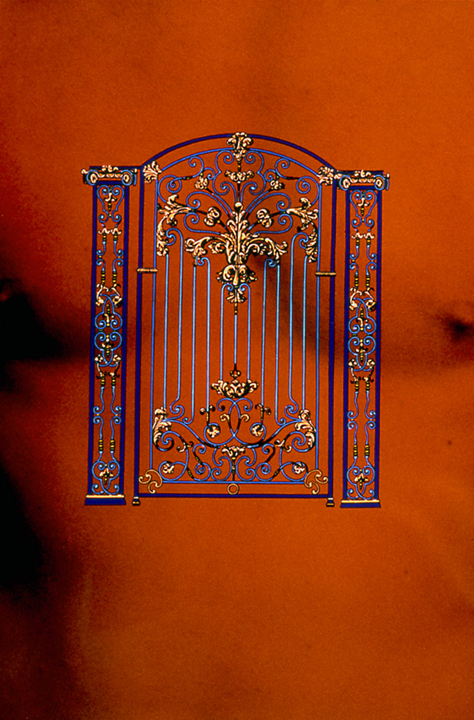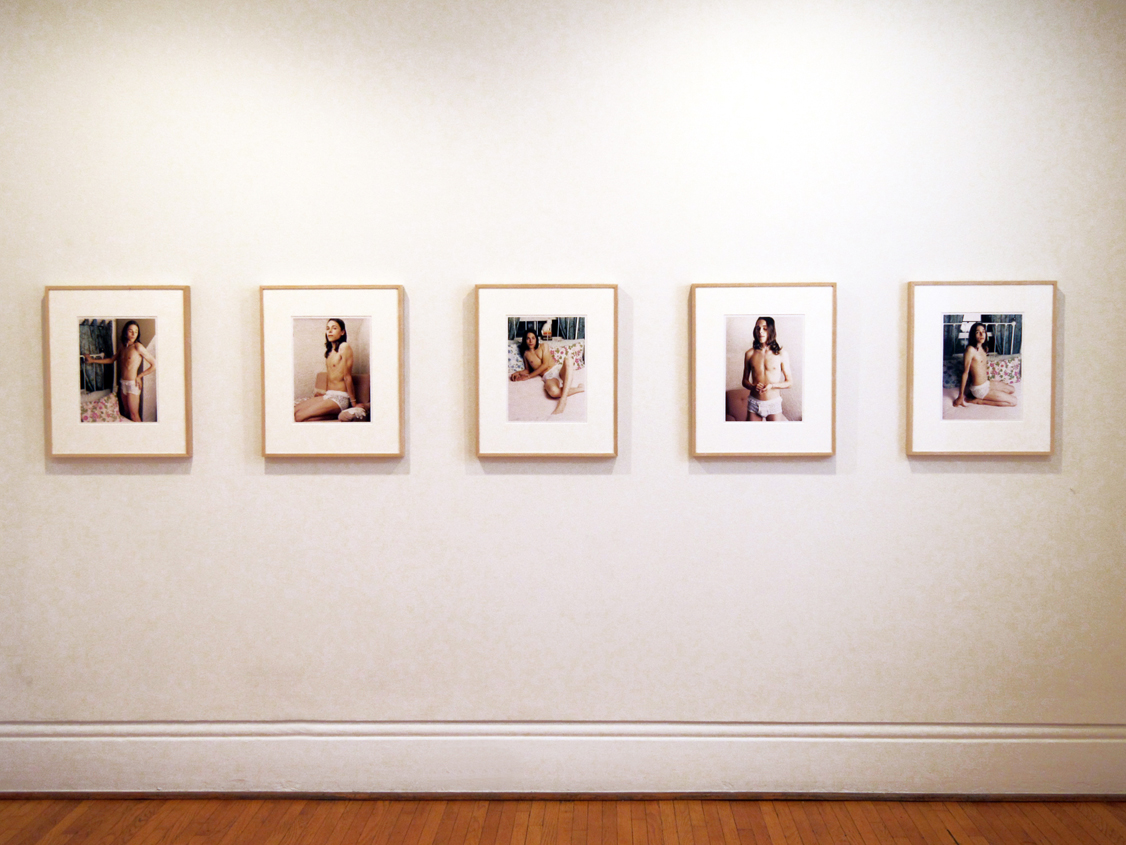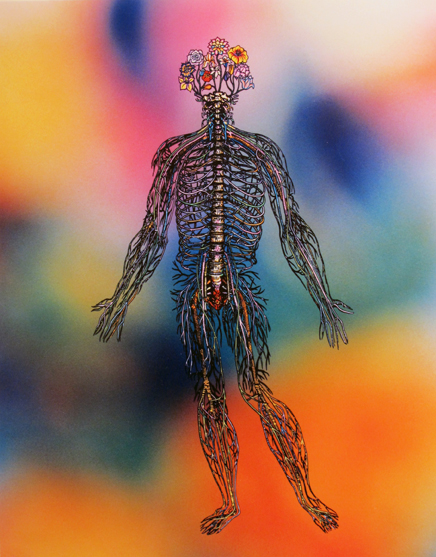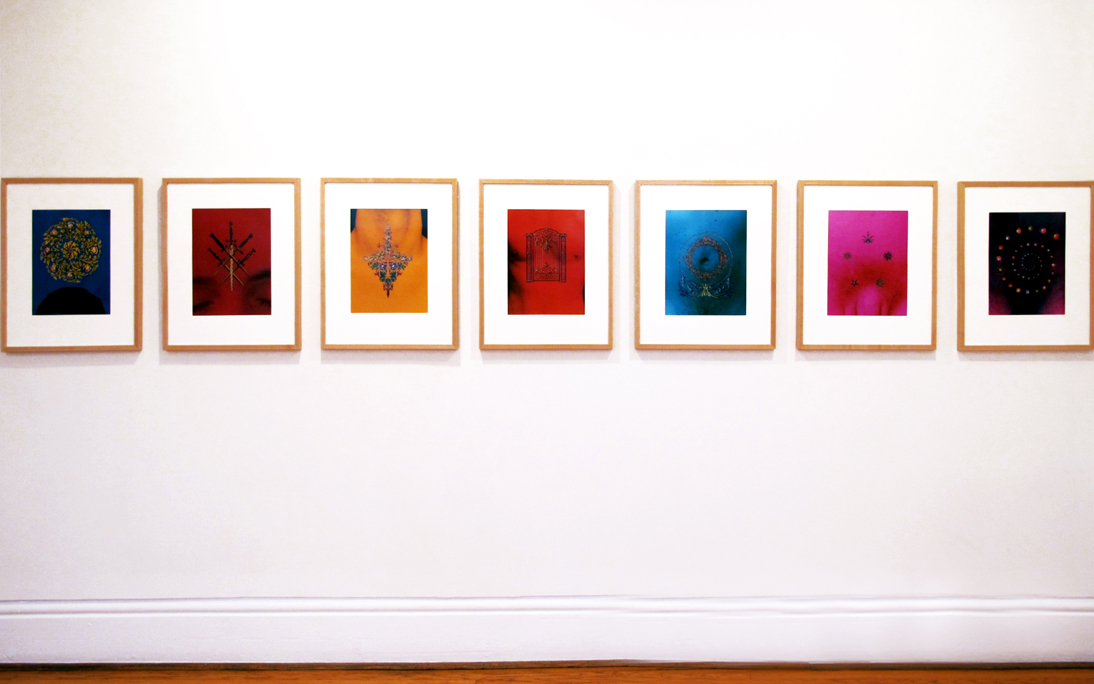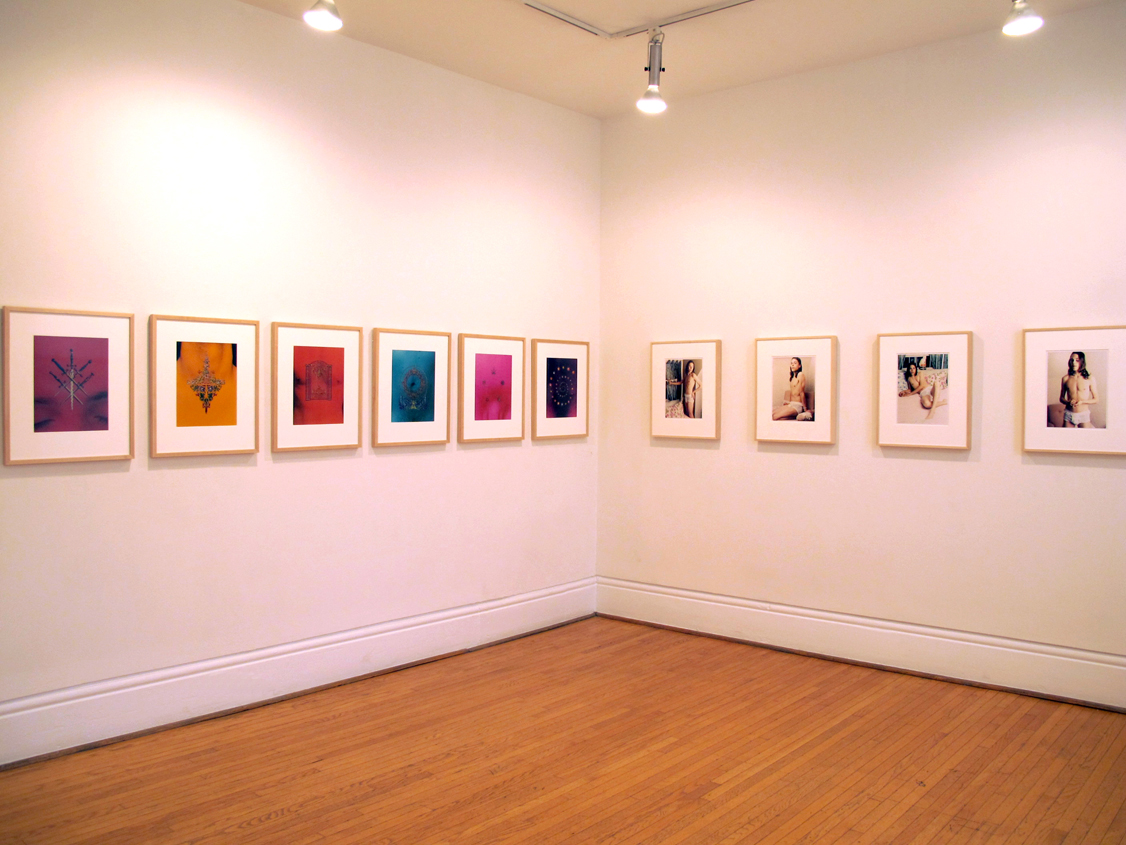Standing Ground
Estate of Robert Flack, Estate of Will Munro
May 2 - May 31, 2014
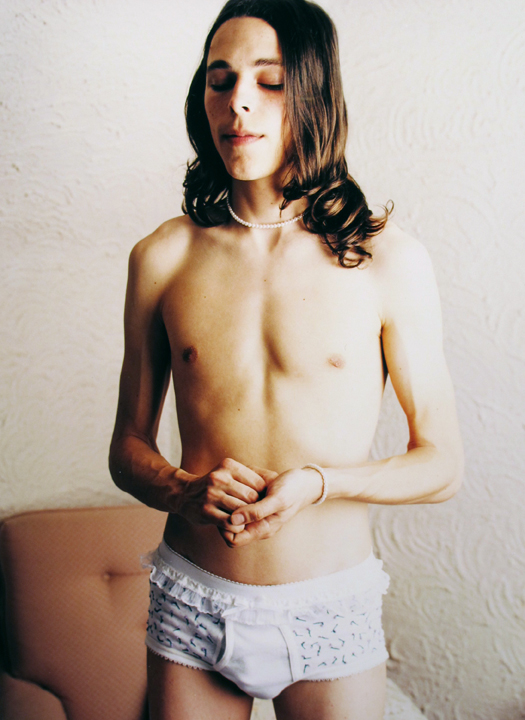
Paul Petro Contemporary Art is pleased to present Standing Ground, a two-person exhibition of photographs from the estates of Toronto-based artists Robert Flack (1957-1993) and Will Munro (1975-2010). The exhibition focuses on Flack's Empowerment (1990) and a series of Munro's untitled photographs (2004) and provides opportunities to explore these enduring queer legacies in the context of their respective times, their shared concerns and their impacts on our cultural history.
This exhibition is presented in co-operation with the Scotiabank CONTACT Photography Festival and Toronto's Inside Out | LGBT Film Festival.
On Robert Flack, Will Munro and Standing Ground :
Robert Flack was born in Guelph, went to York University and received a BFA in 1980. He got a job after graduating at Art Metropole helping General Idea with a variety of projects including layouts for File Megazine. I graduated in 1981 from Glendon College and moved down to Queen St West and Bathurst in the summer of 1981. By 1982 I was hanging out at Trinity Square Video and became involved with a group of artists who were working with computers and by 1983 was a founding director of Inter/Access. I met Rob around this time and by 1985 he was taking computer graphic courses at Sheridan College and I was curating a show with Geoffrey Shea called Art Is Communications at A Space. We included his work, a low-res computer graphic animation with dancing figures moving to Donna Summer's Love To Love You Baby.
Will Munro was born in Australia and raised in Mississauga. I got to know Will during his time at OCAD and in the early days of Vaseline (when the word was still spelled this way and the night was downstairs at the El Mocambo). My gallery had been around for several years and Will was catching shows...Stephen Andrews, Paul P., Andrew Harwood. His work clicked with the gallery and I included him in the group show Breakfast of Champeens in 2001. He had his first solo exhibition, Blank Generation, in summer 2005. My birthday is in early August and that summer, after a celebratory bbq in back of Sweaty Betty’s, we continued around the corner at the gallery. Will spun what he called Paul music (funk, new wave, post punk…turntables were a part of his installation) and we danced amongst his quilted works and silkscreened mirrors till dawn.
Although they never met I knew that Will was familiar with Robert's work. When the Beaver Café first opened Will asked if I would loan, from my personal collection, two large C-prints from Robert's Empowerment series and hang them on the long front wall opposite the bar. We sort of christened and defined the space with those works and they remained hanging for the first six months. The will to empowerment was something we all had in common.
Will died of brain cancer shortly after what we knew would be his final exhibition, Inside The Solar Temple of the Cosmic Leather Daddy, in March 2010. Two years later I programmed Robert’s last body of work, Love Mind (1992), in the same second floor exhibition space. Robert had tested HIV+ in 1988 and died of an AIDS-related illness in 1993. I wanted to contemplate these artists and their final bodies of work, appreciative of the fact that they both knew they were making what they were leaving behind. With Robert he moved towards the chakras, psychic energy and the etheric body. Will fused queer leather daddy culture with Egyptology. Both bodies of work signaled hope, loss and transcendence.
Last summer I mounted the group exhibition Revelations and included Robert and Will along with Stephen Andrews, Andrew Harwood, Glenn Ligon and others with a mind to finding parallels in their respective cosmologies (the AGO acquired Andrews' Heaven painting from this exhibition and that work is currently installed at the AGO on the fourth floor and OCADU’s Onsite gallery is showing Robert's Love Mind as part of their Generations of Queer World Pride exhibition.
For this exhibition we are showing Robert's Empowerment (1990) which includes the seven chakras photographs, with symbols of the chakras superimposed on parts of the body, and two full body images from the series. The photographs from Will's estate were produced in 2004 and capture a specific reconstructed underwear worn by an androgynous model. The underwear, rather than being constructed from a vintage metal rock t-shirt, is delicately stitched and beaded in the manner of a constellation. In each case the bodies are symbolically marked upon. Robert's use of the word empowerment in 1990 and Will's invitation through his multi-faceted practice to celebrate diversity and lead life without shame make a direct connection. I called the exhibition Standing Ground to reflect the connection that they share, their common ground as it were, and their ability to stand tall.
Stephen Andrews was sharing a studio with Robert back in the day. Not everyone lingered long enough to reap the benefits of the AZT cocktail. Stephen lost his partner Alex Wilson at this time and thought that this was it for him too when the cocktail turned things around for him. This new lease on life is reflected in Stephen's work. From that time his work became more understood by a broader community than the gay identity politic was reaching, a larger audience that shared a stake in mourning and loss and collective memory.
Robert and Will were both 35 when they died. They have left profound legacies for us to continue learning from. For many Robert is a familiar name and that's about it. Will's work opened doors to many queer histories, including Rob's, and Standing Ground shows us that comradeship.
Will's work opened up doors to the future as well and I know we can look forward to more critical appreciation and understanding of the impact and meaning of his work as time passes. The lasting power in Robert's work really comes through in the shows we are getting to see twenty years later. With Standing Ground we get to see how the interplay of their work teases out more of their shared perspectives and their visions. It's an inspiring audience opportunity and one that I know they would have enjoyed.
-- Paul Petro, April 2014







